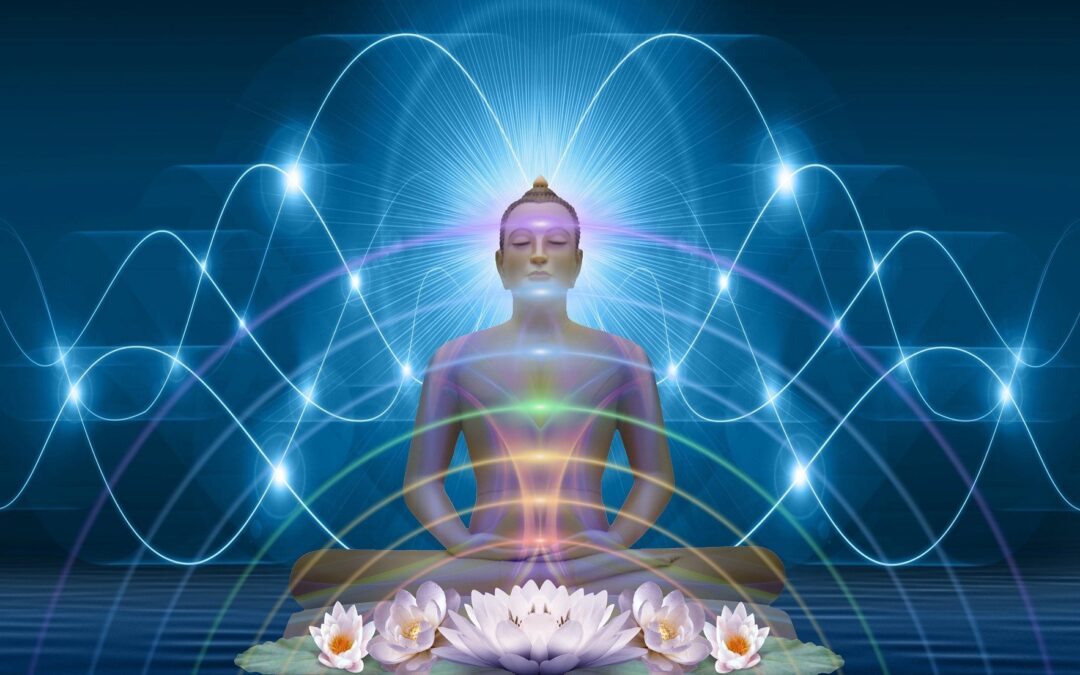
Go With the Flow
It can be difficult accepting things and moving on. Sometimes we are shown the next step, sometimes we are not. A place of inertia, indecision and/or hesitancy can greet us when we are faced with situations that challenge our sense of self, balance and the world we live in. The phrase, “Go with the Flow” is often easier said than done!
When we resist change, we set up tension between our mind ~ body ~ spirit. This tension, over time, can create difficulties with health (physical and mental), relationships and behaviour. As tension mounts, our ability to positively cope with stress reduces. Healthy coping measures are often replaced with excessive use of drugs, alcohol, gambling, shopping, sex, violence or other unhealthy behaviours. These behaviours serve a purpose: they distract from the tension we are experiencing, yet do so only for as long as we are engaged in that behaviour. The issues creating the tension are not effectively dealt with, so they remain with us. Over time, these unhealthy behaviours destroy our ability to successfully cope, which can lead to breakdowns in family relations, work performance and our own sense of self-esteem and self-worth. If you thought you had tensions before, now you have even more to deal with!
The ”Go with the Flow” expression also points to another style of behaviour. Those needing to control everything and everyone will find it difficult to be in the place of changes and unknowing. Their constant need to be in control will automatically trigger stress and tension when suddenly they are not the ones in control. The need to control can have several root causes. Fear of change and loss, not feeling safe, low self-esteem and worth, arrogance (which can be an overcompensation for low self-esteem), abuse survivor, child of a parent with addictions, are a few of the root causes identified. If someone needing to be in control is not able to control the presenting situation or person, their mounting internal stress and tension can trigger even more harsh controlling words and behaviours (the word, “bully” comes to mind). And yes, it can get very ugly. Relief is achieved only when the situation or person bows to their controlling demands.
So, what is needed here?
Early on, we need to learn and use many types of healthy coping skills. A “coping skills tool-box” sets the foundation for being able to tolerate that place of change, loss and unknowing. If one way of coping doesn’t work, you still have other healthy ways to use. Unfortunately, most people rely on only one or two ways to cope with life’s twists and turns. When these don’t work, it is very easy to turn to distraction or emotional numbing activities/substances. Short-term relief is possible, but long-term solutions and relief are buried. So, broaden your healthy skills set!
Acknowledging that something is not under your control is a good step in understanding your role in the situation. It doesn’t mean that you have no power. It means that you understand what your role is and that you have the power to decide how much time, energy, money or self-esteem you wish to spend trying to change the situation. Sometimes, we need to allow a situation to “unfold” before we decide just how much we will offer to help. It is healthy to remember that it is not up to us to “fix” everything and everyone coming our way. Discernment helps us know when to jump in and when to stand back and watch the movie unfold.
Accepting that change, loss and uncertainty are part of our human existence helps to keep things in perspective. It is the cycle of life: birth ~ death ~ rebirth. When we can accept that there is a natural flow to life and accept that we are not always privy to the reasons behind the course taken by the flow, we are less likely to feel pressured to change its course. This is not to say that we sit idly by and just let things happen to us; we are not victims. Acceptance is not the same as Complacency. Again, with Discernment as our guide, we take steps to reduce our tension and stress created by change, loss and uncertainty. These steps support our health and well-being. So, we learn to “Go with the Flow” in ways that maintain our health and wellbeing.
Everyone has a different waterway to manoeuvre in their lifetime. It is set up uniquely for us in order to learn our Life Lessons. Yet there are many similarities between us with how these waterways can be navigated. We decide if we navigate with healthy or unhealthy coping skills. When we can Acknowledge, Allow, Accept and Respond in healthy ways to life’s challenges, we give ourselves the best opportunity for health, healing and happiness. In other words, we give ourselves the Gift of Flow.


Recent Comments